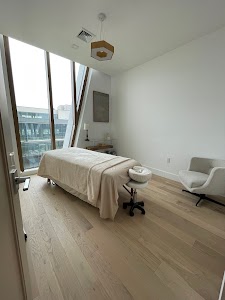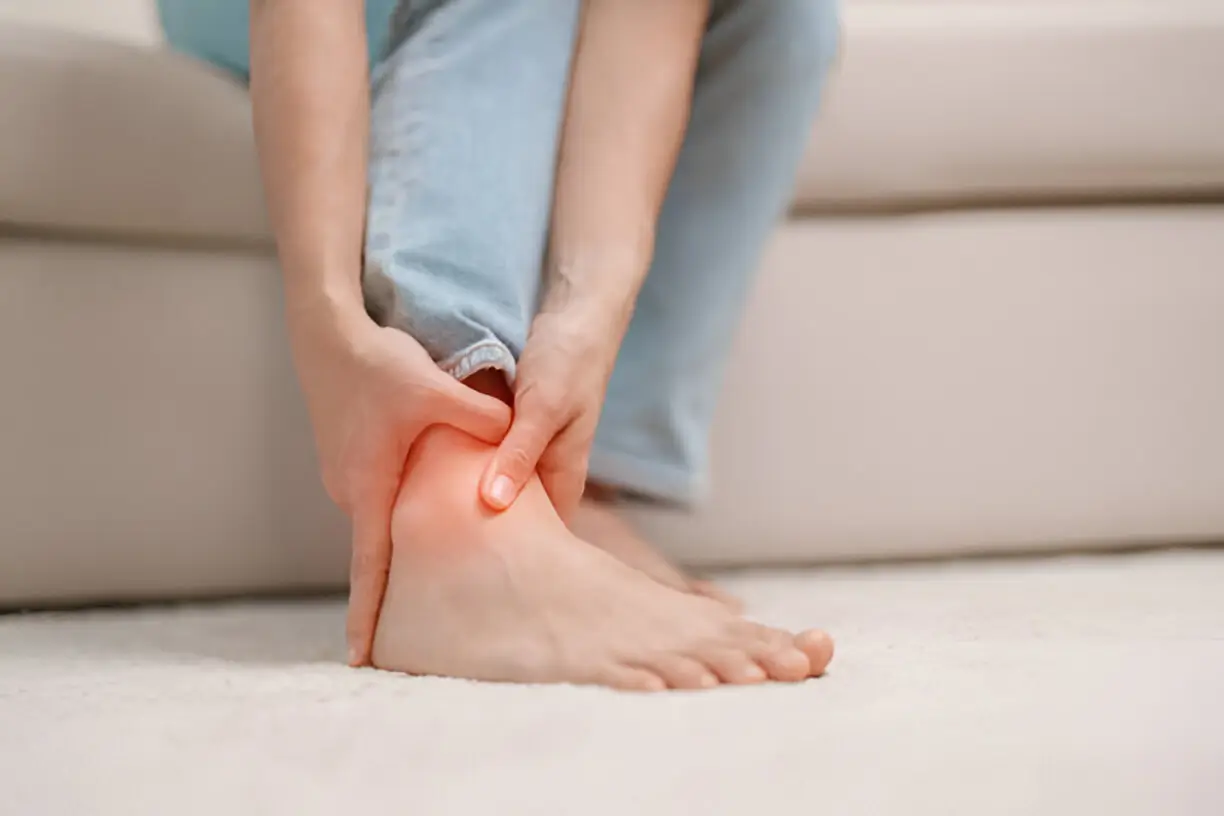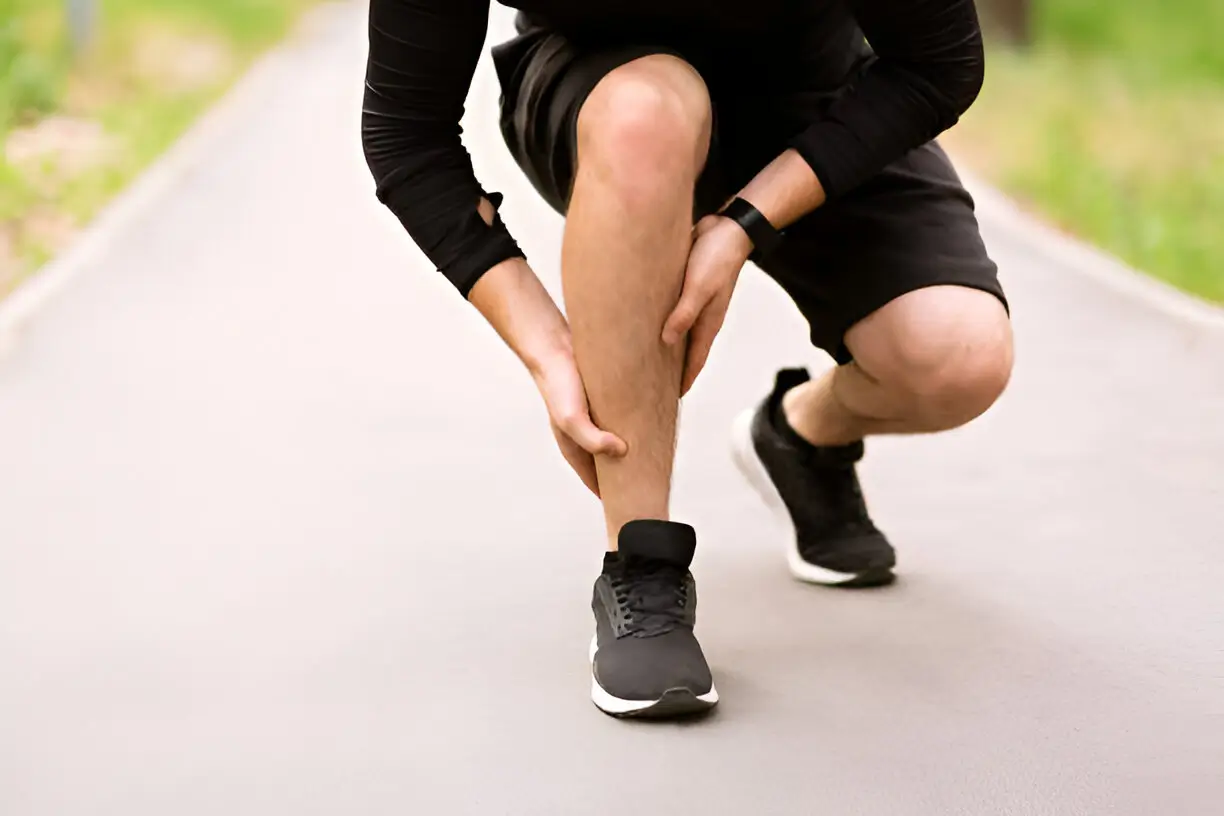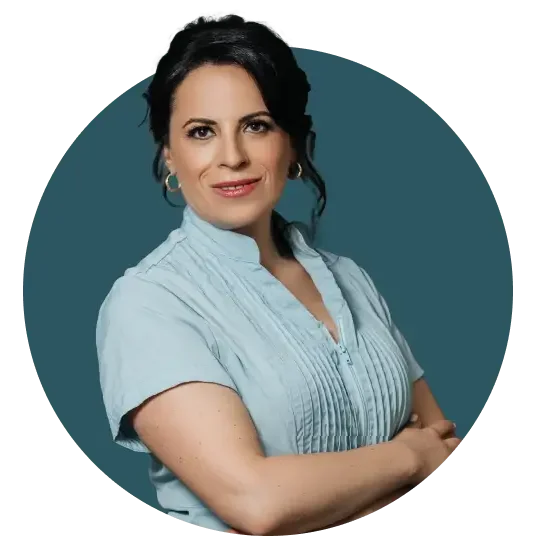Acupuncture for Shin Splints
Acupuncture for Shin Splints
What are Shin Splints?
Shin splints means pain and strain in the front or inside of the lower leg, usually caused by overworked muscles in the shin area. Medically, this condition is labeled as medial tibial stress syndrome (MTSS) or anterior tibial stress syndrome (ATSS), depending on the location.
As the muscles are repeatedly stressed, they tighten, limiting blood flow and irritating the surrounding tissue. All this can cause inflammation in the muscles or tendons and even lead to more serious issues like stress fractures if left untreated.
What Causes Shin Splints?
Shin splints are usually caused by repetitive stress or sudden increases in physical activity. Jumping into a new workout routine too quickly or ramping up your exercise intensity without giving your body time to adjust can overload the muscles in your lower legs. Poor biomechanics, like over-pronation – when your ankle rolls too far inward while walking or running – can also contribute to the problem.
Training on a hard or uneven surface adds even more strain to the muscles and tissues around the shin. Wearing worn-out or unsupportive footwear can make things even worse by failing to properly cushion and align your feet.
Shin Splints Symptoms
Shin splints usually manifest as a dull or aching pain along the inner edge of the lower leg. This discomfort often appears during or after physical activity, especially exercises that include a lot of running or jumping. The pain may start off mild but can become more intense if you move more.
The area over the shin bone may feel sore or tender when touched, and in some cases, slight swelling can appear. People often describe the pain as sharp when exercising and more of a lingering ache during rest. These symptoms usually affect both legs but can also be one-sided, depending on the cause or activity.
How Does Acupuncture Bring Relief to Shin Splint Pain?
Acupuncture helps with shin splint pain by targeting muscle tension and improving blood flow in affected areas. When pain occurs along the inner or outer shin, specific acupuncture points for shin splints related to the spleen, liver, stomach, and kidney meridians are used based on the pain’s location.
Acupuncture helps reduce inflammation, ease tightness, and restore better movement in nearby muscles like the tibialis posterior, soleus, or tibialis anterior. In some cases, dry needling and shallow line techniques are used to target adhesions in the fascia.
Benefits of Acupuncture for Shin Splints
Incorporating acupuncture into your recovery plan offers a range of therapeutic advantages:
- This shin splints treatment reduces muscle tension and soreness in the lower leg.
- Improves blood circulation to speed up healing.
- Decreases inflammation in irritated tissues.
- Eases pain without relying on medication.
- Supports recovery of strained muscles and tendons.
- Helps break up fascia adhesions that limit movement.
- Addresses muscle issues that contribute to shin splints.
- Boosts body’s healing by stimulating specific meridian shin splints acupuncture points.
- Can be used with dry needling for better muscle relaxation.
Finding the Right Acupuncturist for Shin Splints Treatment
When looking for an acupuncturist to treat shin splints, it’s important to choose someone with experience in sports injuries and musculoskeletal conditions. Check their credentials, ask about their knowledge of shin splints, and see if they use additional techniques like dry needling or tui na massage to boost healing. A good acupuncture for tibial stress syndrome practitioner should also take time to understand your physical activity and movement habits to better personalize the treatment for your unique health.
If you need acupuncture for shin splints in Williamsburg, Brooklyn or Clifton, NJ, Marina Doktorman, L.Ac., offers fully personalized, professional treatments based on Traditional Chinese Medicine. She may also recommend tui na massage in Williamsburg or tui na massage in Clifton to boost your recovery. In addition to physical injury treatment, her practice includes acupuncture for low libido and help with Chinese herbal medicine to better support your health.
-
Marina Doktorman, M.S., L.Ac., is an experienced acupuncturist who obtained her Masters of Acupuncture from the Tri-State College of Acupuncture in New York City in 2001. During her studies, she focused on Chinese Herbology, a branch of Traditional Chinese Medicine (TCM) that utilizes herbs to complement acupuncture treatments. Marina is licensed in both New York (NY) and New Jersey (NJ) and holds a Diplomate of Acupuncture from the National Certification Commission for Acupuncture and Oriental Medicine (NCCAOM), indicating her expertise in the field.
Why Pulse Acupuncture?

Experience
Marina Doktorman, L.Ac. has over 20 years of clinical experience.

RELAXATION
At Pulse Acupuncture, we aim to cultivate a spa-like environment.

Comfort
All of our needles are of the highest quality for painless insertion.
Patient Reviews

Marina is very accommodating, kind, and attentive, and her staff is a pleasure to deal with. I highly recommend Pulse.
Acupuncture has truly changed my life and has helped me in ways I didn’t even know were possible.
I started doing acupuncture to balance my hormones after 2 years of unsuccessful fertility treatments. When I started seeing Marina, my periods were starting to be regular and I was dealing with a few different symptoms which we started treating right away (constipation, random headaches, body aches)… in the last 3 years I have not been sick (no flu, have never tested positive for COVID) - Marina even treated me for allergies more than a year ago during an allergy episode in changing seasons.
Also want to mention Larissa as I started seeing her in Marina’s beautiful office and she’s also contributed to my wellness journey. Acupuncture is my favorite wellness practice, I see them regularly and have never felt better. I sometimes just tell them whatever I’m thinking/feeling knowing they will stick some needles in different places of my body and I come out floating and feeling so relaxed.
Excellent service- great results- highly recommended ~!
Marina is not only incredibly knowledgeable, but also very calming and has great bedside manners. If you're looking for a fantastic acupuncturist I can't recommend her enough!!
After 10 minutes of the procedure, you get into a different reality. Marina is knowledgeable, answers all the questions. After the procedure, the skin of the face glows, the body becomes lighter by a couple of pounds. I've been looking for such a procedure and state of mind for a long time.
I am beyond grateful to Marina, because after trying so many things, I almost lost hope. highly recommend Pulse Acupuncture and Marina for anyone seeking relief from pain or other health concerns.
The acupuncture sessions themselves are incredibly relaxing and therapeutic. Marina's gentle touch and precise needle placement always leave me feeling calm and rejuvenated. She also incorporates other techniques, such as cupping, which have been very beneficial for my overall health and wellbeing.
In addition to her skill as an acupuncturist, Marina is also a wonderful person to work with. She is warm, friendly, and genuinely cares about her clients' wellbeing. I always leave our sessions feeling refreshed and uplifted, both physically and mentally.
Overall, I highly recommend Pulse Acupuncture and Marina for anyone looking for high-quality acupuncture and personalized care. Thank you, Marina, for your exceptional service and dedication to helping others achieve optimal health!
Acupuncture for Shin Splints - FAQ
What Exactly are Shin Splints, and Why Do They Happen?
Shin splints (medial tibial stress syndrome) occur when the muscles and connective tissues along the inner edge of the shinbone become overstressed, leading to inflammation and pain. They’re most common in runners, dancers, and people who suddenly increase activity without proper conditioning.
How Can Acupuncture Help With Shin Splints?
By inserting very fine needles into specific points, acupuncture stimulates local blood flow, reduces inflammation, and triggers the release of endorphins—your body’s natural painkillers. This combination promotes tissue healing, eases muscle tension along the shin, and speeds recovery.
Which Acupuncture Points are Used for Shin Splints?
Practitioners often target both local points (e.g., near the tibia) and distal points on the lower leg and foot—such as ST36 (Zusanli), SP6 (Sanyinjiao), and GB34 (Yanglingquan). These enhance circulation and restore balance through the meridian systems linked to leg health.
Will Acupuncture Prevent Shin Splints From Coming Back?
By addressing muscle imbalances, improving circulation, and teaching self-care techniques (like specific stretches and strengthening exercises), acupuncture can reduce your risk of recurrence—especially when combined with proper training and footwear.
Contact us
Acupuncture therapy at Pulse Acupuncture Practice, at Clifton, NJ and Williamsburg, Brooklyn, NYC offers unique combination of various cupuncture types for healing on all levels: emotional, spiritual and physical by integrating ancient wisdom of energy healing with modern acupuncture techniques.


















































